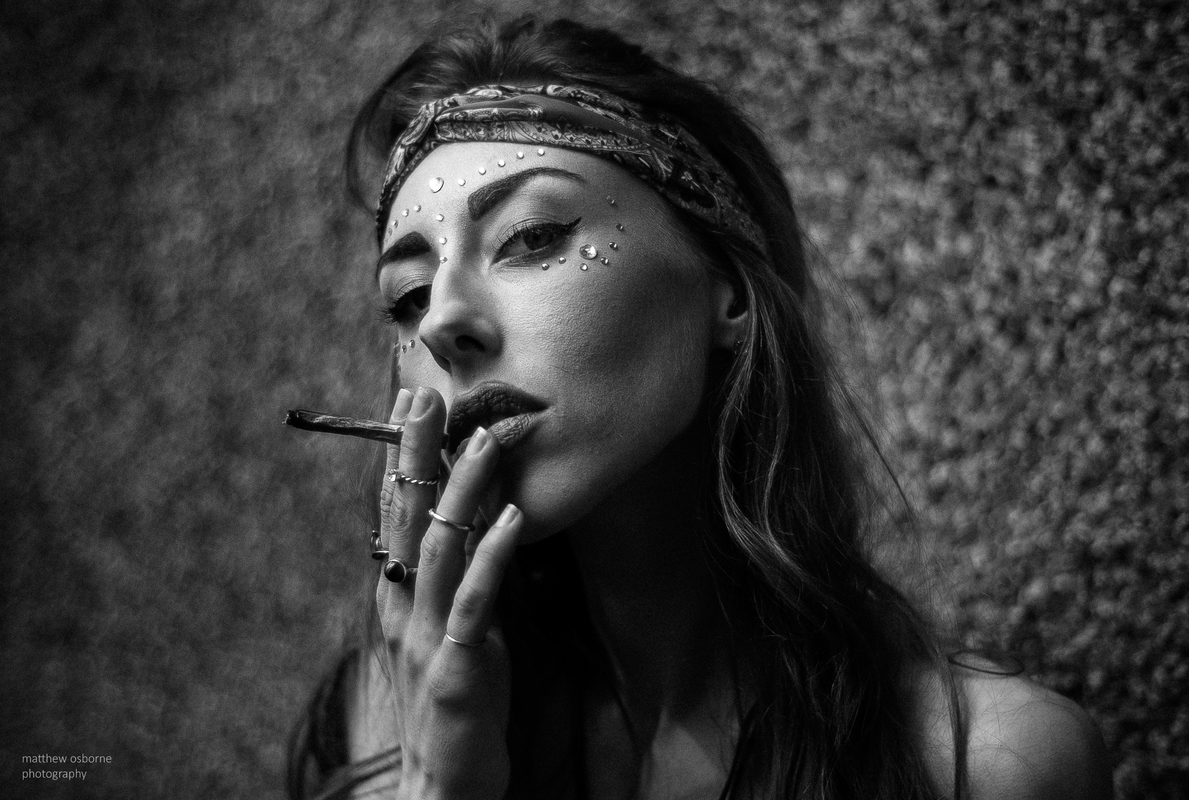
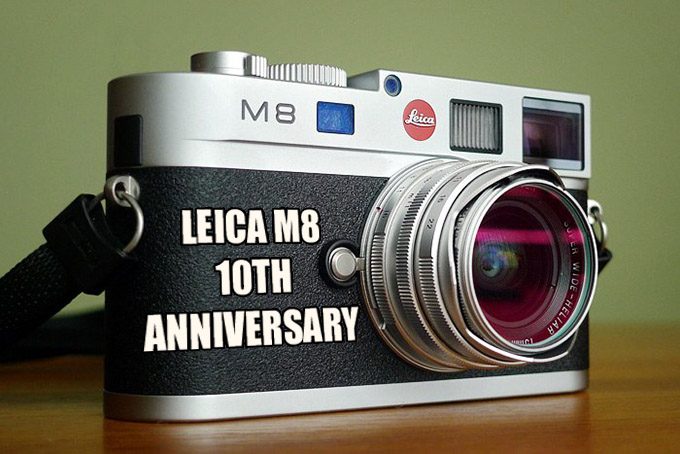
The Leica M8 and it’s 10th Anniversary. A decade long Love affair
By Five Passionate Photographers
When it was introduced in 2006, the Leica M8 was a gamble, a bet against imminent extinction as the M series had to take the digital turn or die. To say the least, that very first digital M camera Leica released that year was flawed. Yet, it was a success.
The Leica M8’s main features are:
– 18×27 Kodak APS-H CCD sensor.
– 10.3 megapixels.
– 1/8000th max shutter speed.
– 160 to 2500 ISO range.
– TTL center weighted averaging exposure metering.
– Aperture priority and auto-ISO mode.
– x0.68 clear optical viewfinder.
– 230,000 pixels 2.5″ LCD display.
– That’s basically it.
Amongst the major issues of the M8 were the lack of a decent IR filter on the sensor, poor high-ISO performance and a barely usable low-res LCD screen, issues that were already considered unacceptable by many when the camera was introduced ten years ago. And yet, ten years later, people are still paying a thousand dollars to get it. Besides, Johannes Huwe’s stunning “The Race of Gentlemen” series featured in GQ Magazine and Spiegel Online this year was shot with the M8. A proof, if needed, that even today the ten year-old very first digital M is a professional tool.
This article, in which five photographers will try to explain why they are still using the M8, is the tale of a necessary evil that turned out to be a decade-long digital love affair.
PROSOPHOS
The Leica M8 was my first rangefinder and it will always hold sentimental value for me because it literally changed the way I photograph.
Notwithstanding the above, the first time I handled one I had some serious apprehensions. Its mechanism for focusing seemed cumbersome and slow, relative to the auto-everything I had been accustomed to with my big DSLR. With time and practice, however, focusing became intuitive and quick. These things, and the ability to see beyond the frame lines in its optical viewfinder, taught me the art of anticipation. My image “keeper” rate dramatically improved.
Beyond being a digital rangefinder, however, the M8 was special for another reason: within its metallic chassis lay a rather unconventional sensor: the Kodak KAF-10500 CCD (which was developed specifically for the M8). Though from the moment it was announced the Kodak offering was out-muscled on the spec sheet by the various CMOS sensors of that era, the pairing of this sensor with any number of Leica/Zeiss/Voigtlander lenses produced images of unrivaled colour and acutance.
And though from the very beginning the M8 was rightly criticized for its long list of shortcomings (an inferior LCD, low ISO limitation, slow file processing, IR-contaminated files, a cropped sensor, etc.), even the harshest critics had to concede one point: photographers using it were producing some very memorable images. The M8 was, and still is, the photographic equivalent of a scalpel… within its reasonable envelop of limitations, it excels.
These days, digital sensors have progressed quite a bit, with improvements in high ISO capabilities, dynamic range, and megapixel counts. Yet within the M line itself, the M8 holds the distinction of having the highest shutter speed (1/8000), and its IR-contaminated files make for some beautiful black and white conversions, rivaling those of the M-Monochrom.
And even amongst all cameras, the per-pixel acuity and native colour palette of the M8 sensor remain unique. For these reasons, and many more, I keep getting drawn back to it.
—Peter.
www.prosophos.com
MATTHEW OSBORNE
I still own and use a Leica M8 even though I have the Leica M240 and other modern digital cameras such as a Nikon D800 and Hasselblad H3D. The M8 is closest to the Leica M9 (which I used to use) in terms of image produced as both cameras use the Kodak CCD sensor. The M8 produces sharper photos than the M9 and M240 in my experience and the digital photos poses the beautiful filmic look that the M240 and other CMOS camera sensors can’t replicate.
The M8 is fantastic for black and white photos (even JPEG straight out the camera) but without an IR-cut filter I wouldn’t normally use it for colour pictures as the colours are way off. Compared the the high megapixel count of the M240, D800 and H3D I wouldn’t normally use a Leica M8 for paid work but for personal work I wouldn’t hesitate. The M8 is my digital Leica backup body for the M240 but acts as a half way mark between modern digital photos and my analog photography.
If a want the real filmic look or want to create a photo of interest to me I shoot film with the Leica M6 (M3’s, M2), Hasselblad 501 and other camera brands. If I am happy to spend time processing photos in Lightroom to get the desired look I can use the Leica M240 or H3D (I rarely use the D800). If however I want to create instant images needing no editing I shoot black and white JPEG in the Leica M8. I had the same workflow with my Leica M9 for the most part.
Compared to all the modern digital camera characterless images that flood social media it is easy to see why the Leica M8 has a loyal following and is still used today. It is not perfect with the off colours, lower megapixel count and poor low light ability but it is the imperfections that make it perfect (just like film!)
Matthew Osborne
http://www.MrLeica.com/
http://www.MatthewOsbornePhotography.co.uk/
JOHANNES HUWE
Ten years after the introduction of the first Leica M camera, the Leica M8 is still the only digital camera I own in 2016. I still almost exclusively use analog cameras like the Leica MP to create my images.
But the Leica M8 with its CCD sensor concept, lack of IR filters, and color reproduction remains one-of-a-kind, in my opinion, and comes close to what I can achieve with my analog cameras.
My latest series “The Race of Gentleman” was shot with the Leica M8 on Wildwood Beach, New Jersey. This event is a classic racing event with plenty of high-speed DSLRs with long zooms on hand, but only rarely a Leica viewfinder camera with a 28 mm with a fixed focal length lens (gives a 35 mm focal length on the Leica M8).
But the shots I got have a unique look which has resulted in their being published in a wide range of international magazines, including AOL HUFFINGTON POST, Classic Driver, GQ Magazine, SPIEGEL ONLINE, MOTOR.RU in Russia, and the official LEICA blog. Even TV channels caught eye of the photos.
Even if the Leica M8 is getting a bit long in the teeth, the tried-and-tested Leica M viewfinder camera concept has been around for more than 50 years and is still used almost without change in the latest Leica M cameras.
About Johannes Huwe
Interested in photography since the mid-1980s, Johannes Huwe’s recent work has focused on documentary and landscape photography.
His current series “The Race of Gentlemen” documents the daredevil racing at the beach from Wildwood, New Jersey. In addition to numerous exhibitions, Huwe’s work has appeared in Lifestyle and Automagazine like the Автопилот (Autopilot) magazine from Moskow.
For his documentary work, Huwe travels around the globe to remote spots including the Atacama desert in Chile, Greenland to craft a portrait of the indigenous Inuit people or a several week-long expedition to Antarctica. Huwe still prefers to use analog photography for his work.
In addition to various galleries, Huwe has a large customer base, including Burger King USA, which has used his photos in their ad campaigns.
Johannes Huwe
OLIVIER MORGAND
M8 for life!
Three years ago, my life changed in a way I wasn’t expecting. That was the day i switched from my reflex camera to a Leica. I went directly to the M Monochrom, featuring a wonderful CCD sensor, and loved it all the way. It was a special camera, sending me back to where I started as a young student in photography. I had to think again, in b&w and b&w only. It really focused me on the essential: what made an image, what did I had to say and how would I manage to do it? The way a Leica makes you think is something worth trying.
Then, I felt the need to add color to my work and the easiest way to do this was to follow my friend Elie and get an M8. This camera is awesome, not expensive at all and delivers for the best!
“Portraiting Elie”, Leica M8 and Voigtländer 35 f1.4 MC
The cropped sensor adds something really particular to the images, the bokeh becomes special, the DOF and the color rendering too. I really love this CCD sensor (also featured in a FF version in the very likable M9).
“Lovers at the exhibition”, Leica M8 and Voigtländer 35 f1.4 MC
“Les puces de Clignancourt”, Leica M8 and Voigtländer 35 f1.4 MC
“At Rye’s beach”, Leica M8 and Summilux 50 f1.4 ASP
Even 10 years after its birth, this little and lovely camera is a real joy to use.
It’s not fast, it’s not plenty of pixels but the “pop effect” you get with Leica glass such as the Summilux 50 f1.4 ASP always astonishes me!
“Double portrait”, Leica M8 and Summilux 50 f1.4 ASP
Speaking about the M8 is talking smooth details, delicate rendering and spirit of an image. If you seek a camera that could be a direct link to old (but good) analog film, the M8 is the one to have.
I recently attended an exhibition of my work in Paris (“The gaze of Orpheus”), melting and presenting colour images from the M8 and some others from Kodak Portra 160 film in 6×9 (Fuji GW690 camera). Most of them were presented in very large size (60′).
The match was perfect.
“Botany bay”, Leica M8 and Summilux 50 f1.4 ASP
“Botany bay 2”, Fuji GW690, Kodak Portra 160 and Imacon X5.
“Canterbury car park”, Leica M8 and Summilux 50 f1.4 ASP
“Broadstairs”, Leica M8 and Summilux 50 f1.4 ASP
“Pietrosella”, Leica M8 and Summilux 50 f1.4 ASP
“Rye”, Leica M8 and Summilux 50 f1.4 ASP
So, as much as it does for me, the M8 is a winner.
I love everything about it, even its laughable screen that can’t show if you’re in the right focus (!) and even the wait between two images to avoid buffer “disrupting behavior”…
An old camera that stands still right for your images and that can print large.
The M8, hate it or love it, but you can’t stay in between…
Olivier Morgand
http://backinblack.format.com/
ELIE BESCONT
A few years ago, I decided to become a more serious photographer and to drop my point-and-shoot compact camera to get a more professional one, one that would help me to progress and to do the kind of photography I wanted to. I immediately knew I wanted a Leica M camera for its rangefinder viewfinder, its non-obtrusive look, its legendary M-mount and its overall philosophy of manual photography.
There is something special about the Leica M series that makes it quite difficult to choose one from the entire series: they are all unique. You can either choose the simpler (and more expensive) option by getting the latest one, or you can choose the one that is best for you and that’s a longer process. The M3, M2, M4, M4-2, M4-P, M5, M6, M7, MP and M-A are analog cameras. The M8, M9, M9-P, ME, Monochrom, M(Typ240), M-P(Typ240), Monochrom(Typ246) and M(Typ262) are digital cameras. Its viewfinder makes the M3 perfect for 50mm photography, the M4-P has the best viewfinder for 35mm photography, the M7 has an aperture-priority mode, the Monochrom and M246 can only shoot in black and white, all digital cameras from the M8 to the Monochrom have a Kodak CCD sensor (well, except they are replacing all of them except the M8 with a new sensor FOR FREE), and all the other Leica M digital cameras have a CMOS sensor. Good luck with that, and you know nothing yet.
When I decided to get my first Leica M camera, I knew I wanted a digital one. I read a lot about all of them but what helped me the most was looking at images taken with these cameras on the internet. And I really liked both color and black and white pictures shot with the M8, plus it was less expensive than the others. So, I made my choice and bought a third hand Leica M8 that I still have today. I spent a whole month shooting intensively with the Monochrom last year and I have the M-P(Typ240) with me for a few days as I’m writing this down, and the Leica M8 is still my favorite one. Actually, it’s one of my favorite cameras ever.
Let’s break it down: unlike all other M cameras, the Leica M8 is not full frame, and it is not APS-C neither. With its 18 x 27mm sensor, it stands somewhere in between. It means that if you are a 50mm shooter, putting a smaller 35mm lens on an M8 will allow you to shoot in 50mm but with a more compact kit. This, plus its low price and its light DNG files makes the M8 perfect for travel. Also, on the M8, 50mm lenses offer a nice focal length for portraits (66,5mm), and interesting or exotic 50mm lenses (Summar, Noctilux, Canon f/0,95) are hard to find in 75mm.
The M8 was a great camera back when it was introduced ten years ago, it is still a great camera today. I use it without the recommended IR-cut filter because I like surprises, but I wouldn’t recommend it unless you have the required skills to correct your files during post-processing. However, the Leica M8 is lots of fun to work and play with, and unlike all these mirrorless cameras out there, it has the right viewfinder.
I like the philosophy of M cameras, I like its simplicity, and whenever I put the viewfinder of a Leica M camera to my eye, I feel right at home. Comfortable, and confident. To me, there is no other alternative to a Leica M than another Leica M, and I am glad to be part of the amazing gallery Leica put up to celebrate 10 years of digital M photography.
Ten years after its announcement at Photokina 2006 and all the fuss it generated back then, the M8 is still there. Some will even tell you it has become a classic. Give it a try.
Elie Bescont

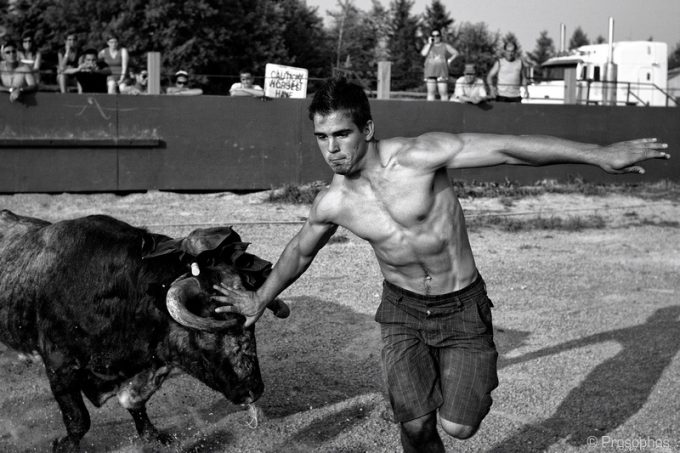
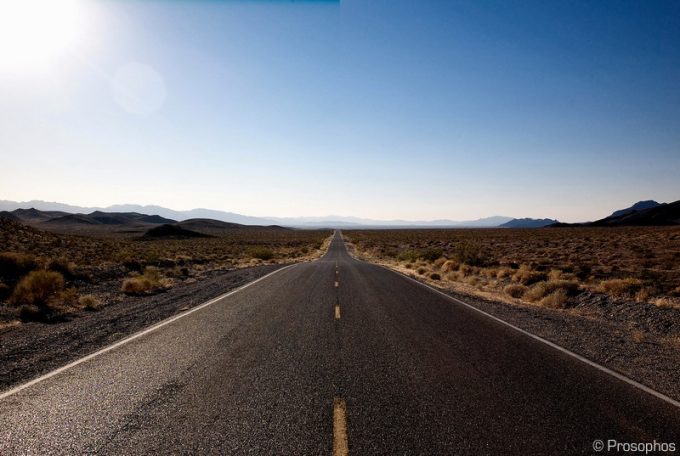
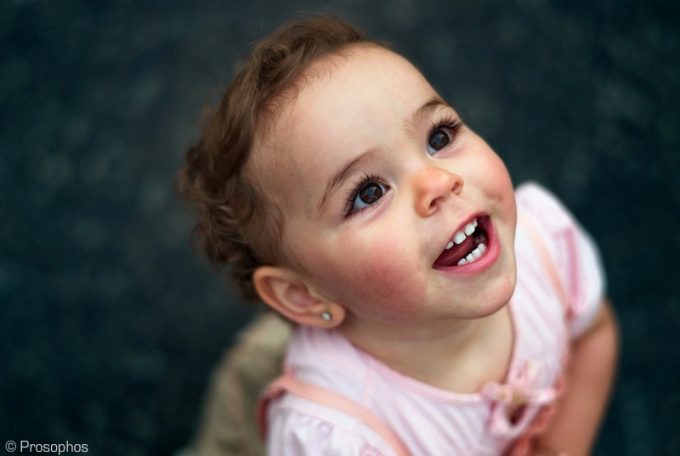
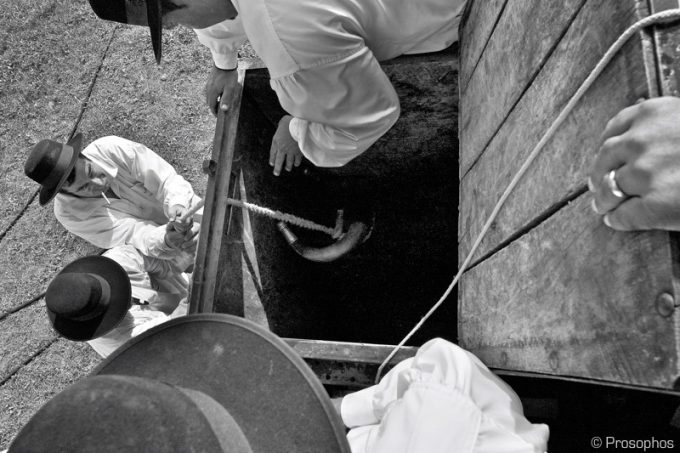
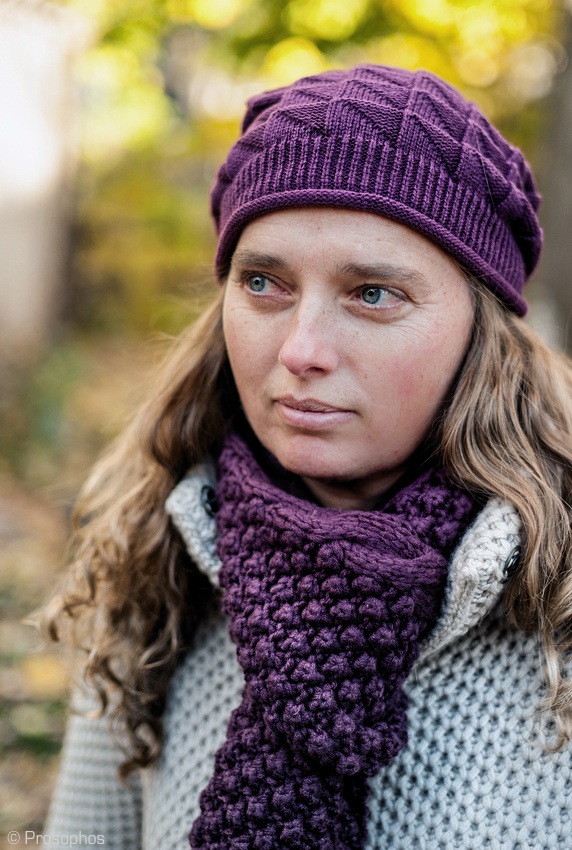
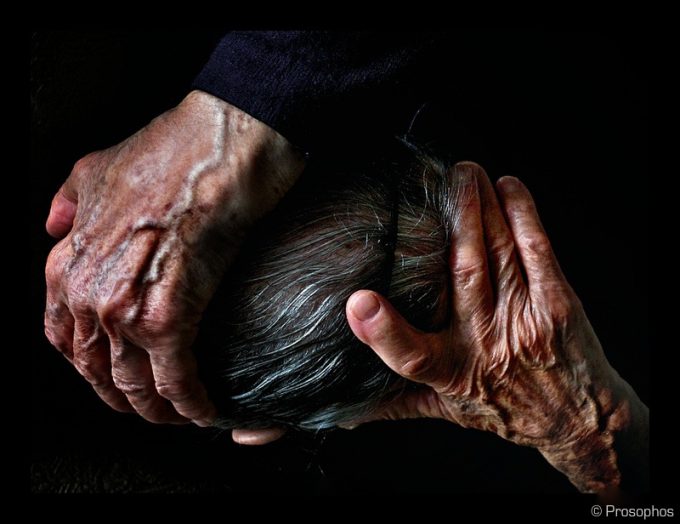
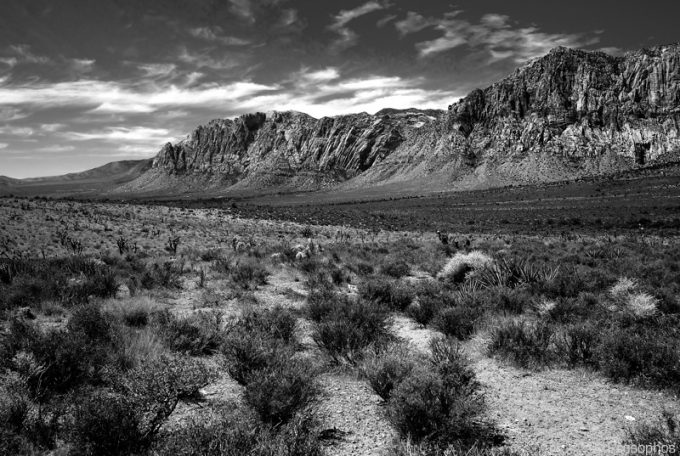
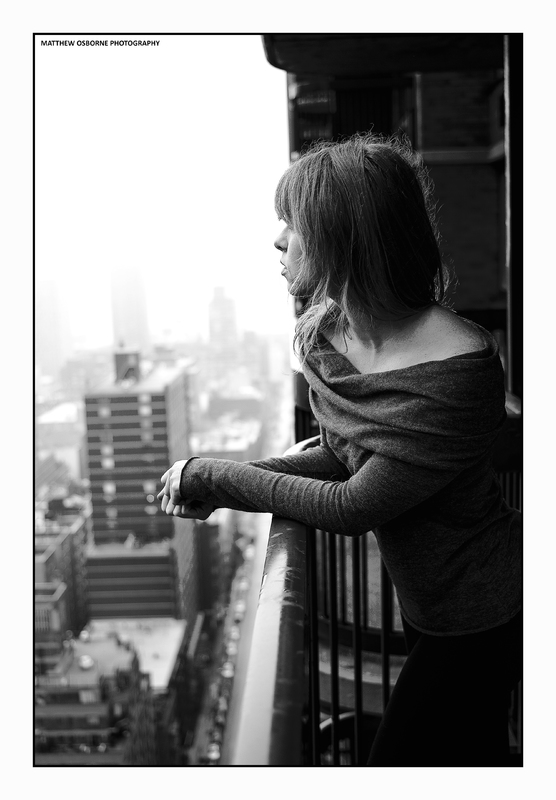
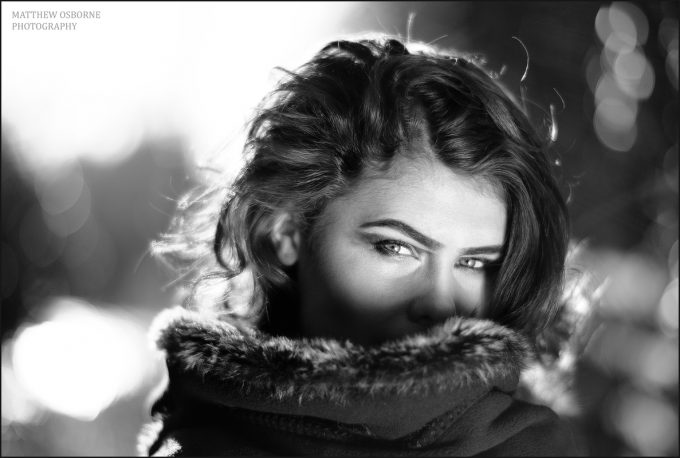
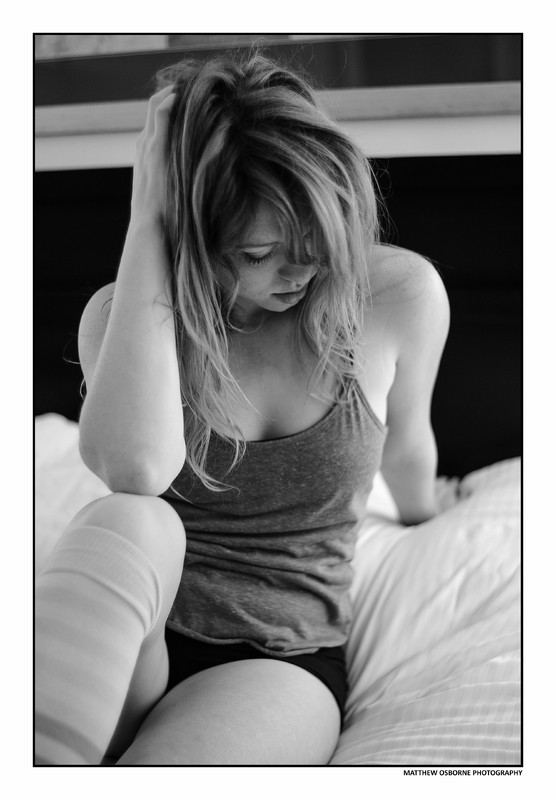
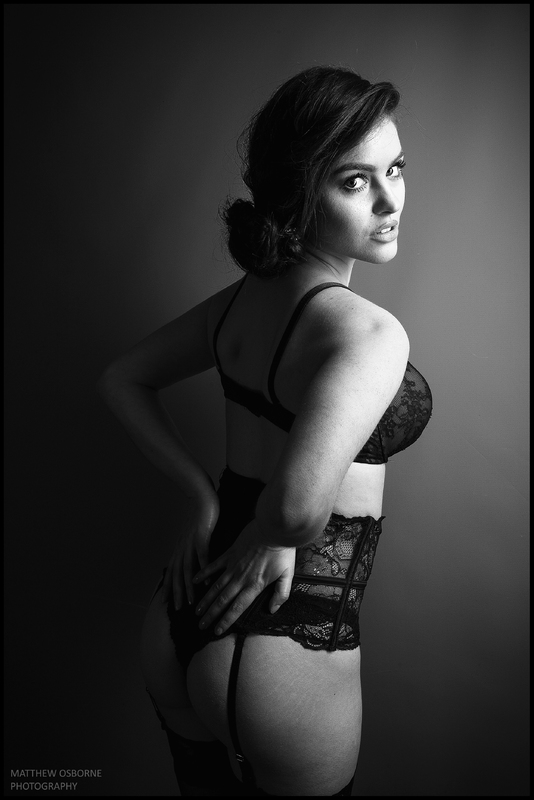
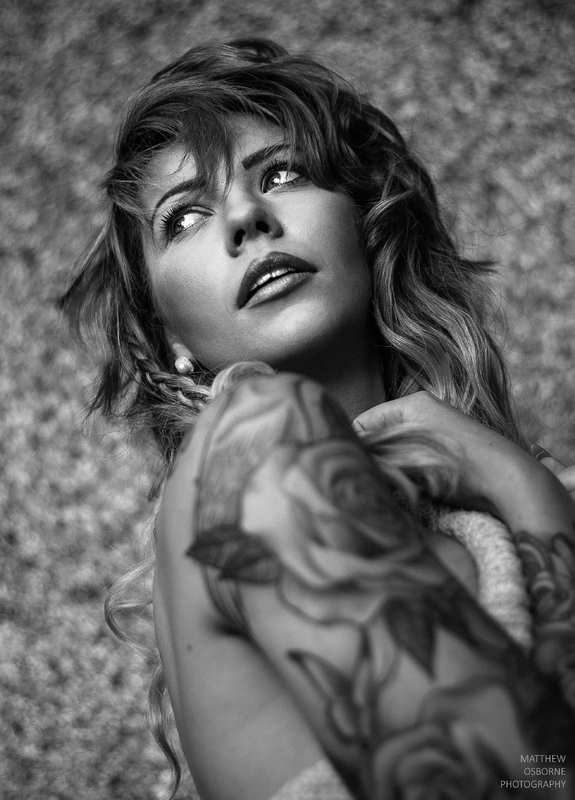
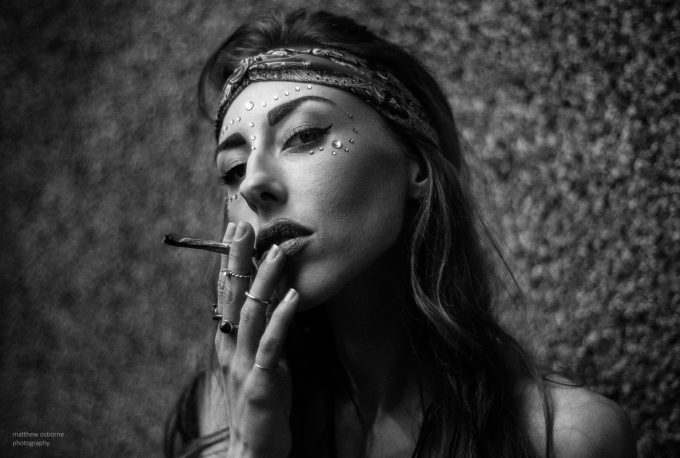
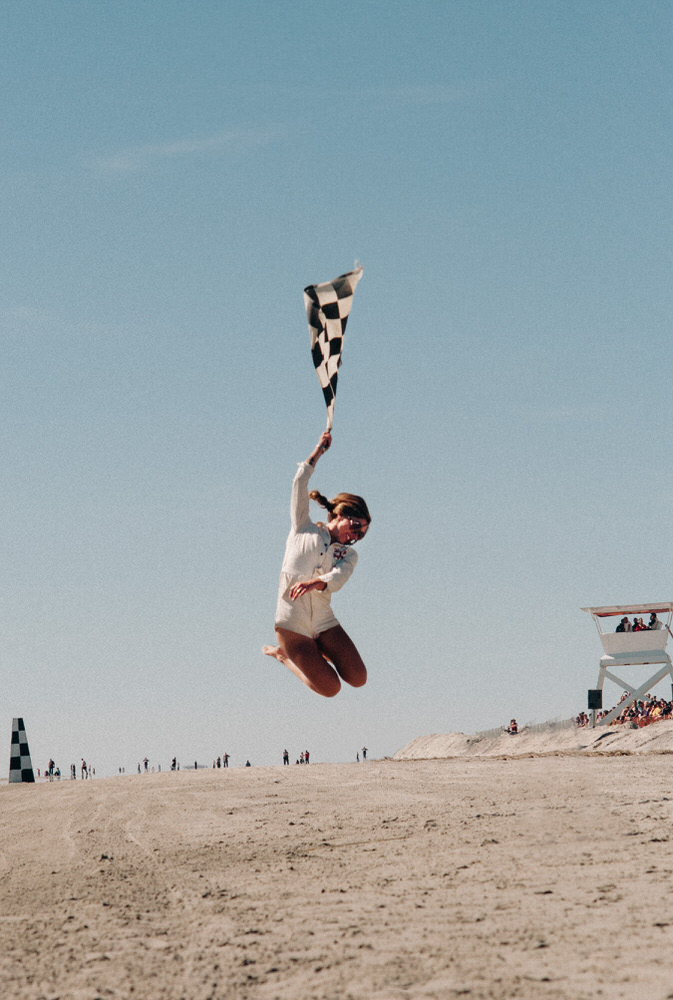
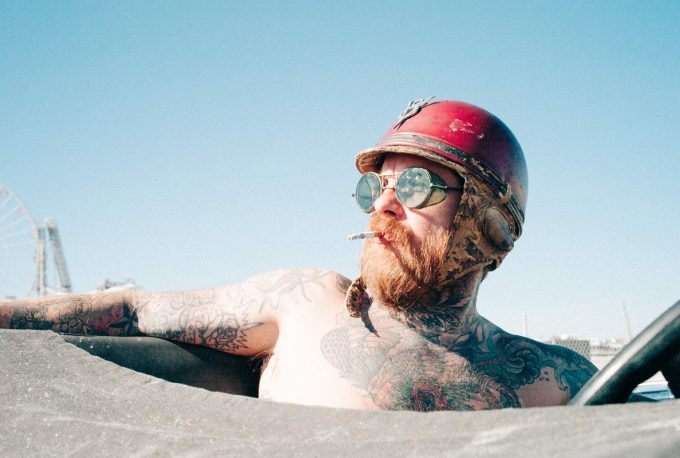
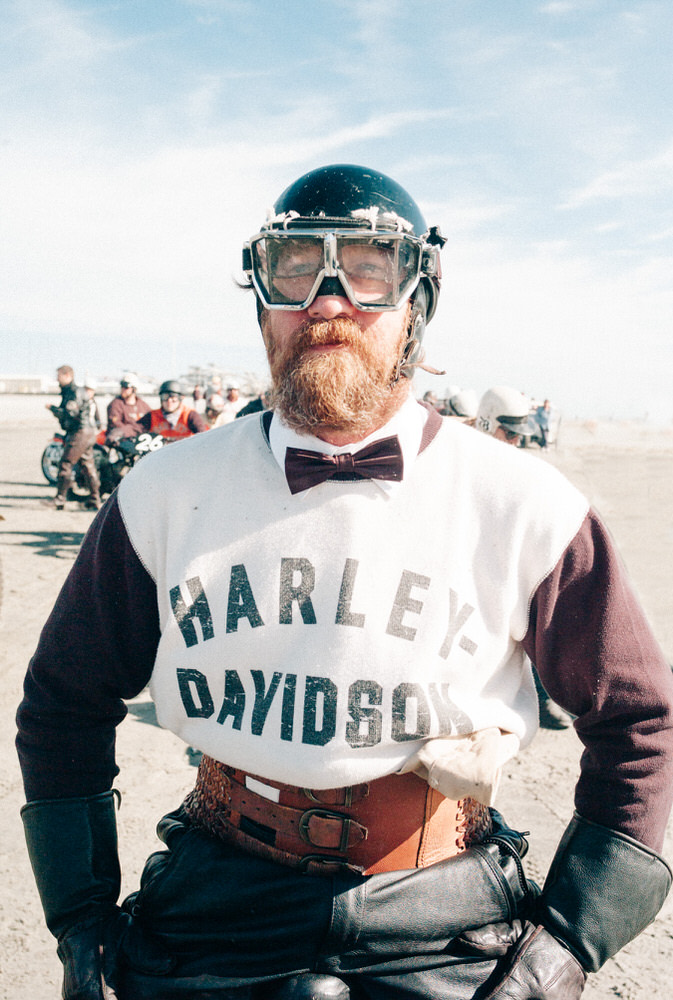
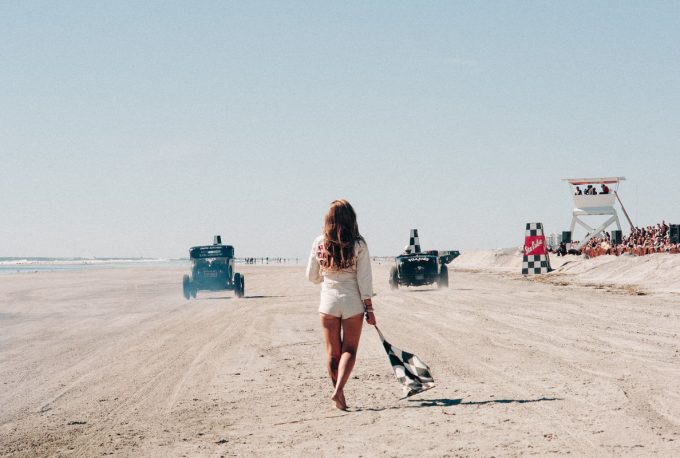
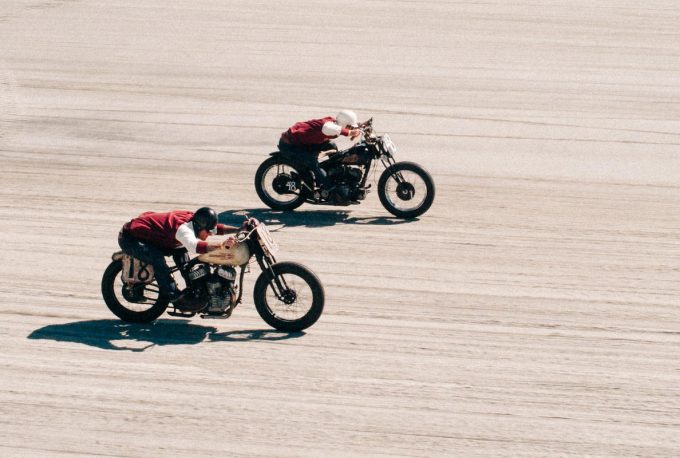
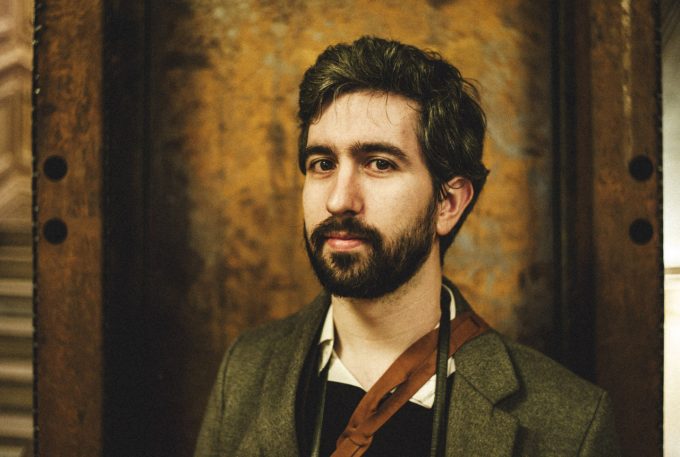
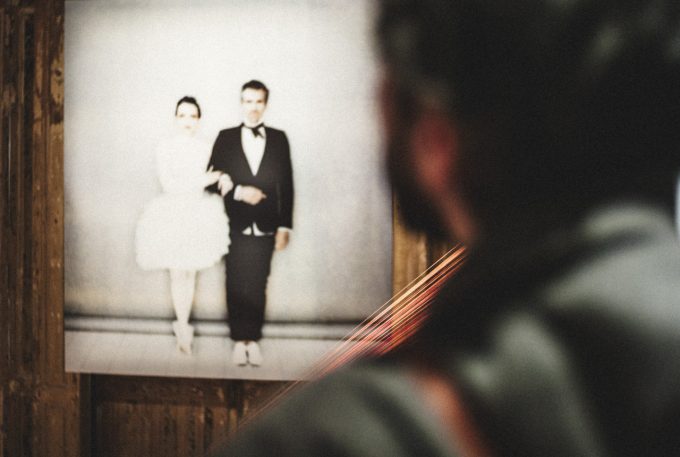
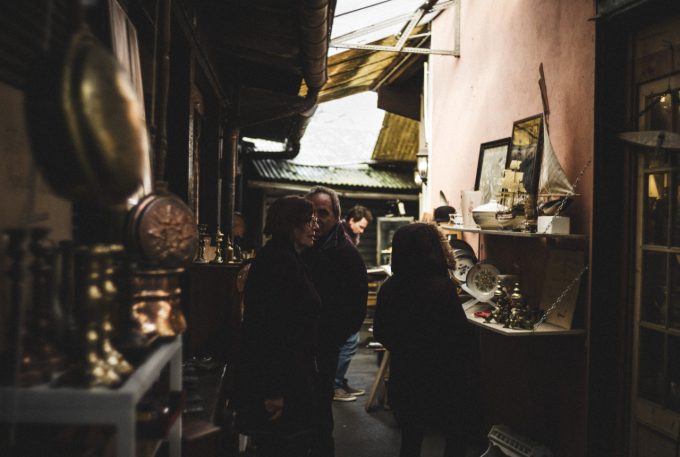
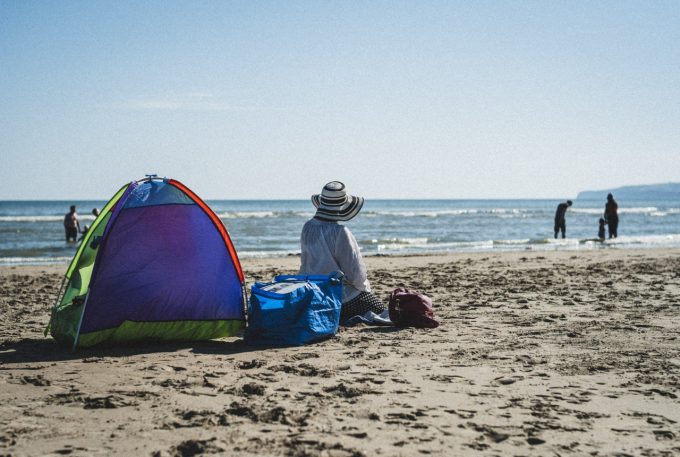
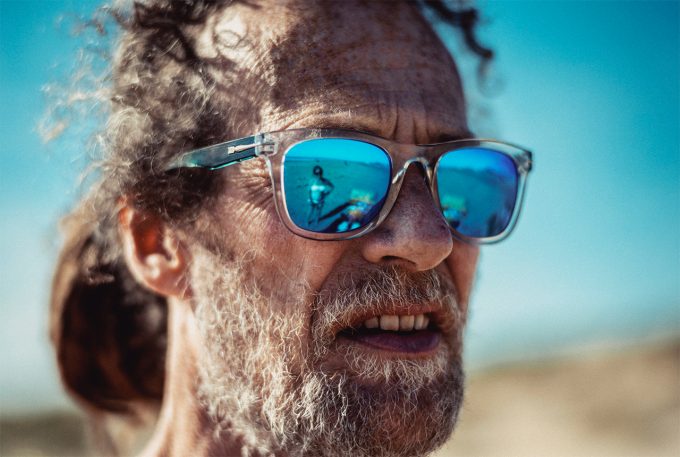
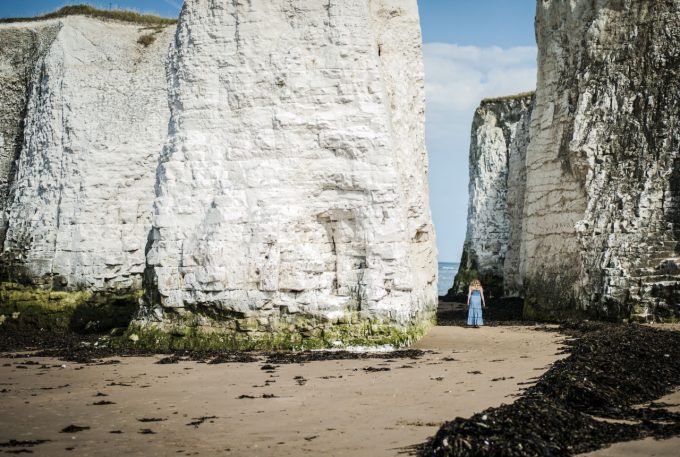
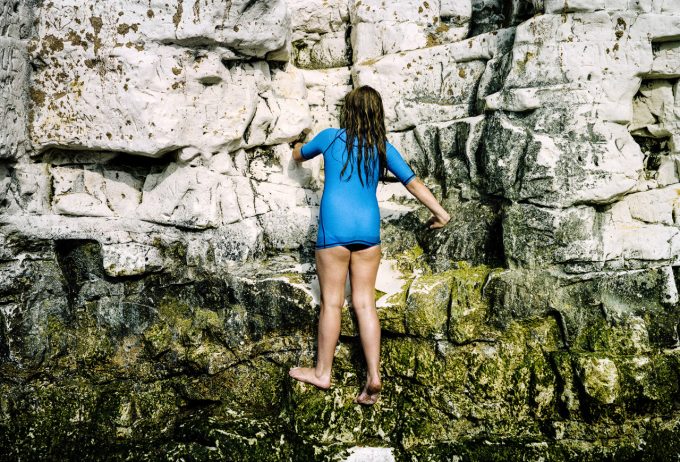
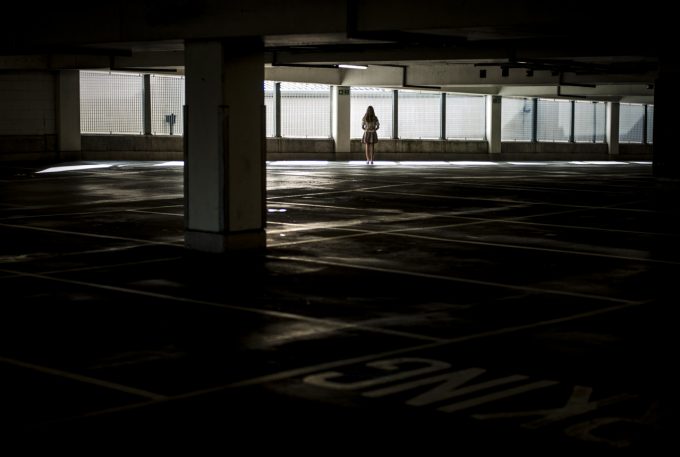
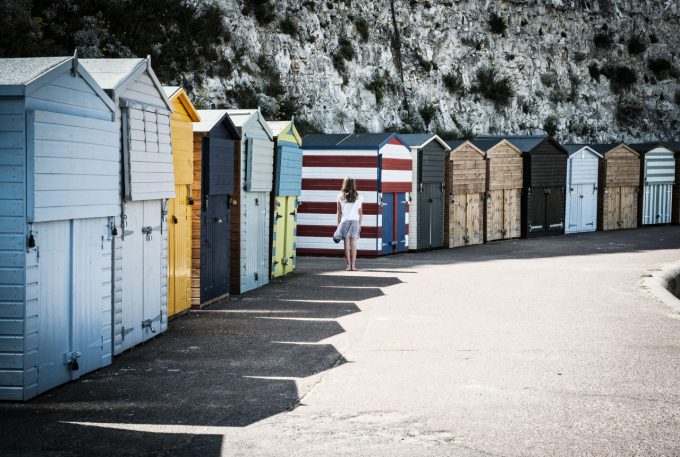
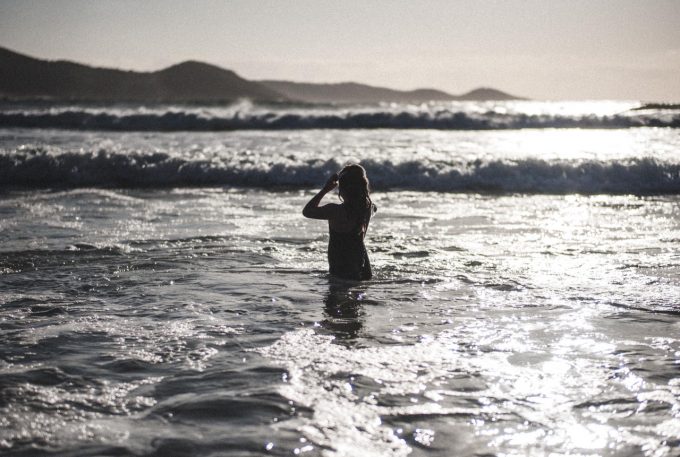
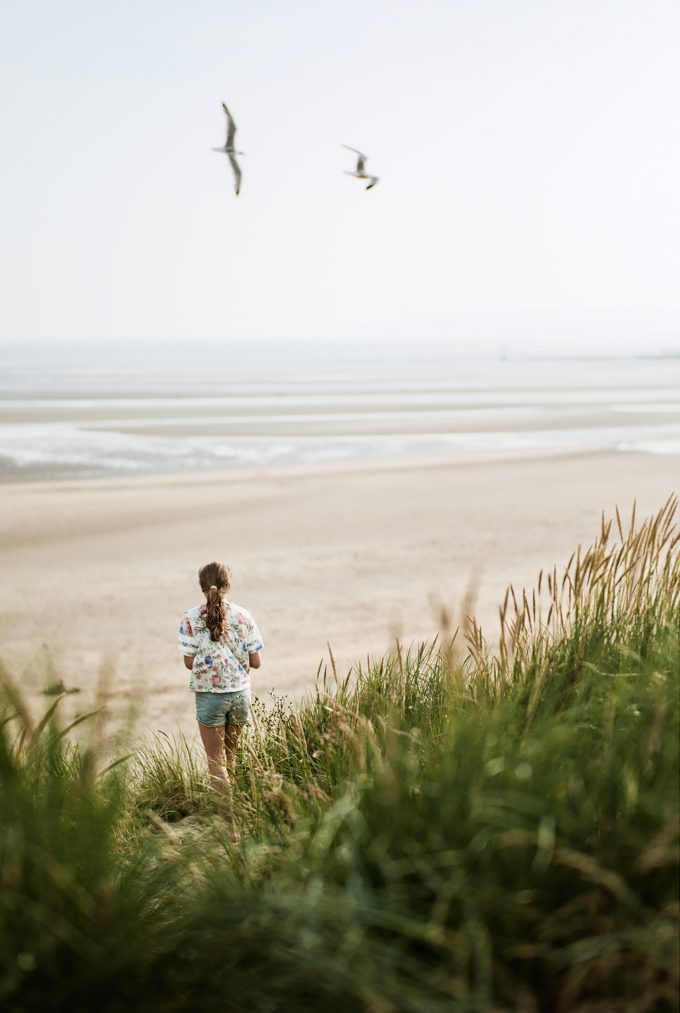
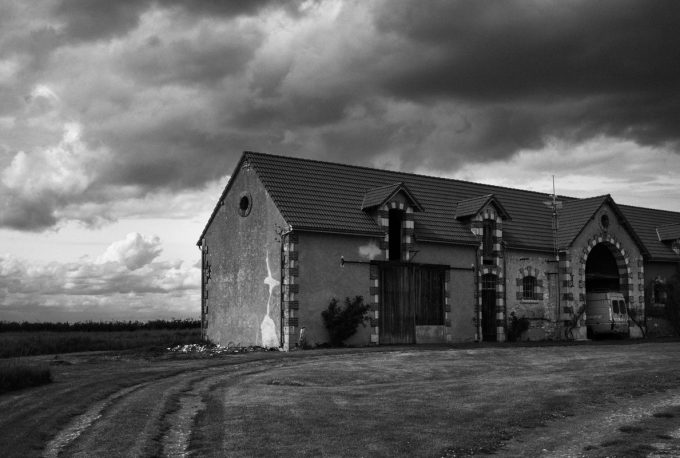
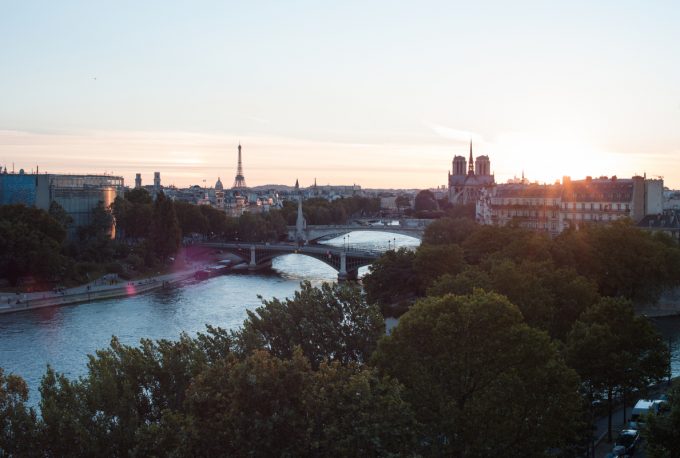
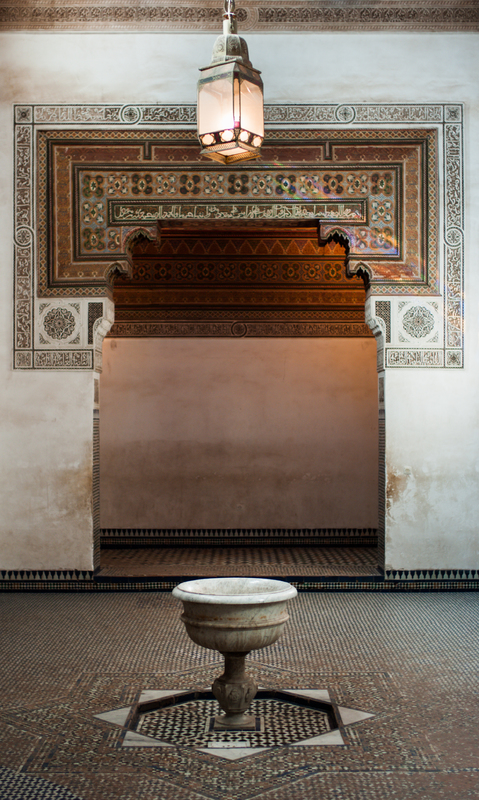
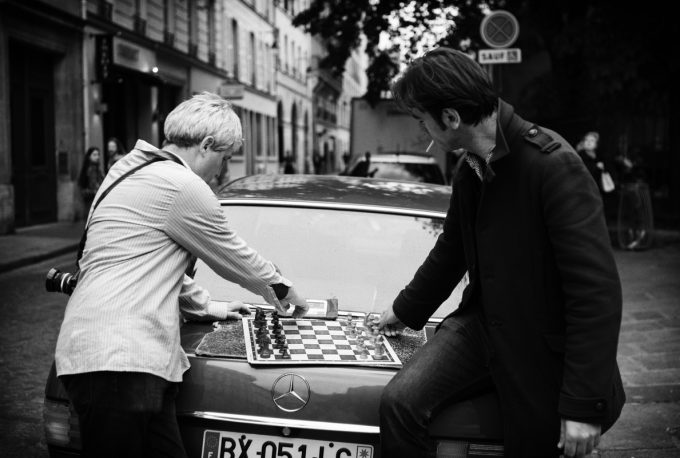
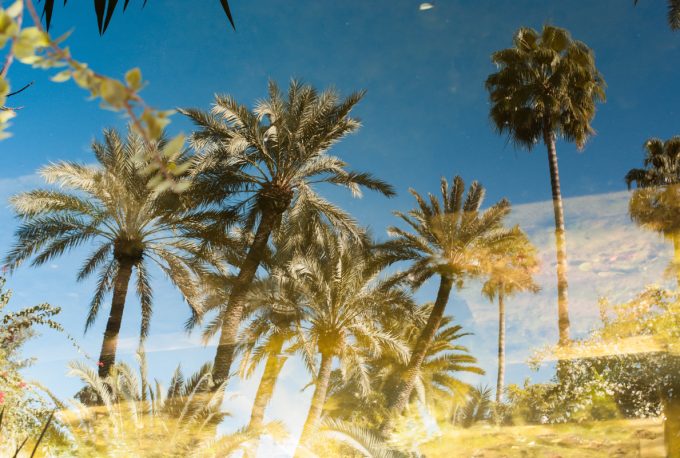
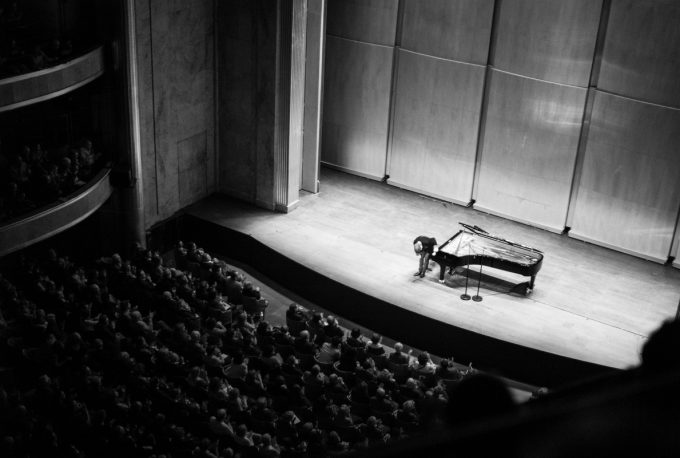
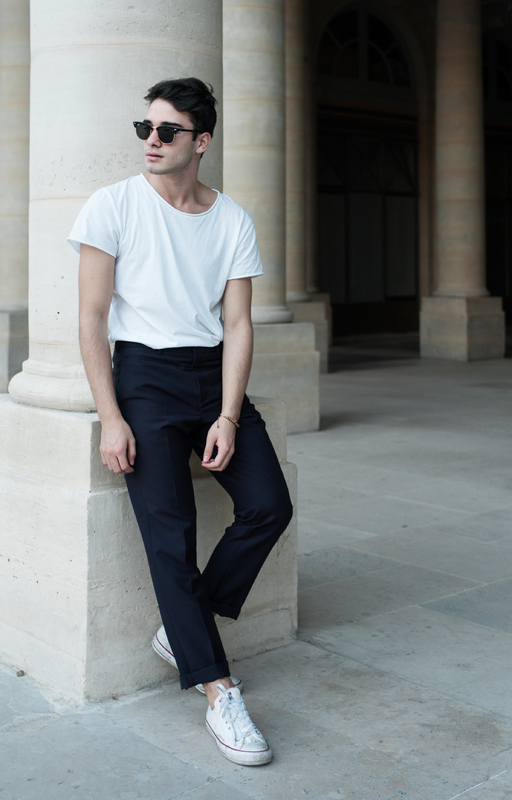

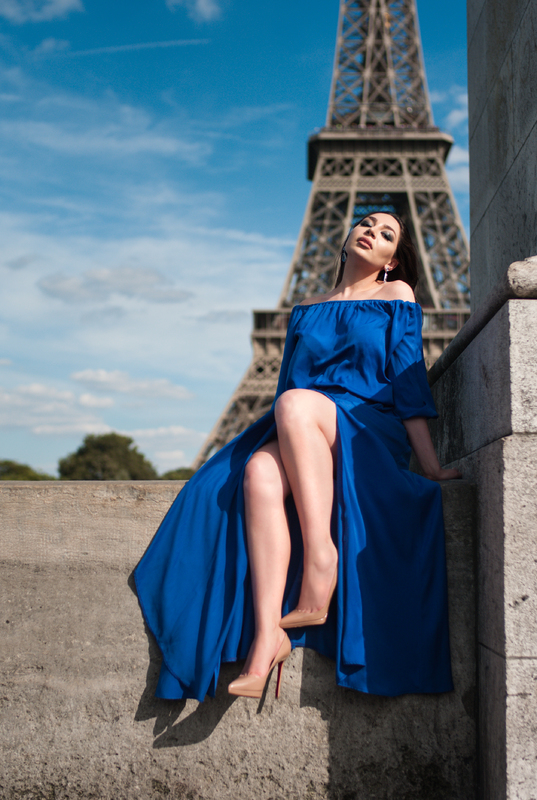
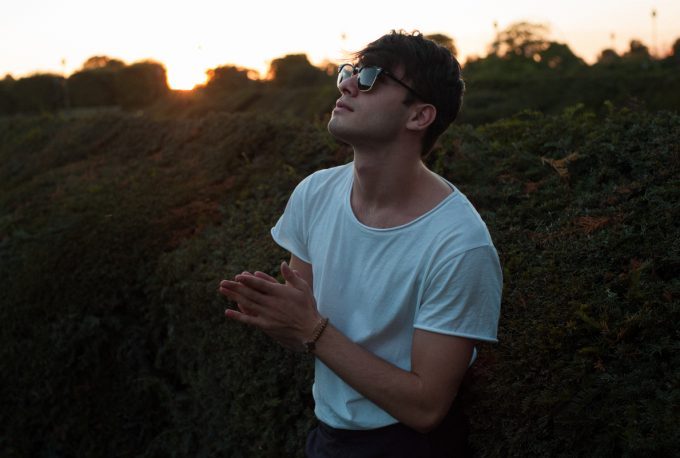





I bought an M8 after reading Steve’s article and seeing Matthew Osborne’s work with the M8. I’ve got an M9, as well. It’s true, what everyone says: the M8 has some special magic, some pathos, some real Leica magic. Interesting, too, that one sees a lot of different Ms on, say, Ffordes and Red Dot Cameras, Monochroms, M9s, M3s – but no M8s.
I have owned both the M8 and M8.2. The black ans white images produced from these CCD sensor cameras are stunning in both DNG conversions or Jepg. I sold my M8 to help me purchase a M240 but my M8.2 I will never sell, there is something truly special about the images produced. I still use it on assignments and editors and clients just love the look and feel of the images and the final prints. It’s hard to believe 10 years have gone by.
The M8? It’s my only digital camera, which I’ve used more and more since moving to Zambia. I still use an M3, with its wonderful, clear viewfinder, but darkroom supplies are a hassle to find here. I love the M8 for black and white work and won’t ever sell it. I just hope the sensor doesn’t die on me (so far, so good).
APSH SDQH Sigma mirrorless this Christmas.
Mount all our Leica glass and drooool
M8 M9 sensor cry :-))
(Of course it is not RF, no where near photographing experience of M;
Still we won’t need to worry about front focus back focus lenses;
no RF calibration;
And if unique photo quality is what we seek then the Foveon leaves M8 M9 CCD in the shade).
SDQH Sigma APSH mirrorless will make our Leica lense sing on digital like never before.
Like a different world.
We will be like Oh my Gosh.
(To dream of such we will gladly glue our Leica lense to SDQH Sigma
Even though it offers no where near the rangefinder experience).
The Foveon Sensor is a poor choice for Rangefinder lenses. The Foveon sensor does poorly with lenses with short back-focus. The Foveon Pixels are very deep, light getting absorbed at different layers. Light coming in at steep angles will cause problems with color accuracy. Telephoto lenses, and most lenses 50mm and up will not have a problem. Sonnar formula 50mm lenses will do poorly on the Foveon sensor, again- the short back focus.
Agreed, Foveon Sensor doesn’t cut it. That is what makes the M8 and M8.2 so amazing the CCD sensor. The build quality of the M8.2 in particular and the M9 series is the real Leica digital equivalent to the film M in build quality, they are 4mm thicker but the weight is only 585 grams with the battery! lighter than any current model including the M10. For black and white images with the film feel. the M Monochrome type 230, then the M8 and M8.2 are still king. even after a decade. They have no noise reduction as the current CMOS offerings but are so sharp and hold so much detail, the noise is grain like and matched by no other including DSLRs. Magic indeed.
Great work. I miss my M8.2. Really miss it.
Seriously considering selling my Sony A7 for a Leica M8.2 to accompany my M9M. It feels stupid to invest in old technology but at the same time it screams DO IT DO IT!!
Funny, as much as I know the M8 and M8.2 is old tech, I agree, there is something special about the M8, and even M9. Would I sell an A7 for an M8.2? I think I would. I woul d not sell my A7RII but if it were an A7, yes. In fact, I may be getting that M8.2 itch myself, and I always recommend against that due to age, warranty, etc. It does scream DO IT!
Not all is abput tech, some would die for an M3…
Glad you posted this article.
Thanks Steve
Yep.I thought it could take place as a color body for the M8.2 but it just can’t. Files are nice and lot of DR but the whole experience is different. And the files of the M8 sing…DO IT
Love my M8. Definitely more keepers than with anything else I’ve used. I fully agree with the observations on b&w conversions. Absolutely beautiful.
Some practical tips to make your M8 live longer:
The back screen is perhaps not so useful but not difficult to scratch or even crash: there are some sticky thick plastic sheets , not those ones Leica supplies but rather more rubber like; cut it the size the screen and stick it there.
The bottom cover can also be protected against moisture with a thin plastic cut and placed in it.
The plug for the computer coupling wire is absolutely unuseful if you don’t want to remote your camera. It’s easy unscrewing and sealing it with a thin plastic cover. It also keeps moisture away.
Many people never use the flash. A piece of that kind of plastic for the back screen fits well there.
The shutter button is not so easy to protect. The usual caps don’t cover it pretty well and rain drops or moisture get down easily there and might stuck the shutter or settings mechanism. Have it in mind when working in a wet atmosphere.
Even at current pre-owned prices, and coupled to the “parts no longer available” policy from factory service, buying one of these M8 models is a “paper weight crap-shoot”…
I presently have two M8’s (an M8 and an M8u); both bought well-used, and both working well. The fear of of the “paper-weight” is well-overblown.
Actually, you’ll likely lose more money in depreciation by getting the latest pro-level Nikon or Canon uber-DSLR. And unless they are current high priced models, the cost to to repair them would be uneconomical, leaving you with a Canikony paperweight too.
Thank you Elie for organizing this and to Steve Huff for always providing a platform for fertile photographic discussions.
—Peter.
Oh, I forgot to add that Leica can indeed change the back LCD screen of the M8 again! Mine is brand new.
Elie
That is really great news and shows Leica’s class in supporting older, discontinued equipment.
Thanks to Steve’s review way back then, I bought my first ever Leica, the M8. Its original owner ordered a M9 and needed to off-load his M8 quickly. So I was the lucky one who picked it up. Even though I bought a M-E years later, I am still hanging on to the M8. For some reasons I could not part with it. I am so glad that there is still a following of this amazing camera.
Great article, beautiful pictures made from the camera that allowed Leica to survive into the “digital age”.
I use my M8 on a regular basis, almost always with M8RAW2DNG. Uncompressed DNG should have been included in the released firmware.
In the “It’s a Feature, not a Flaw”- the M8 produces unique images, use an Orange filter with the camera to eliminate Blue light, the Blue channel is now IR only. Use lightroom or photoshop to boost the blue channel to red/green levels.
https://www.flickr.com/photos/90768661@N02/albums/72157651342017760
Crop factor- means it’s easier to hack RF cams for SLR lenses…
https://www.flickr.com/photos/90768661@N02/8285061665/in/album-72157649333728061/
and, 1/8000th second top shutter speed means shooting wide-open on a sunny day.
Love M8RAW2DNG, produces AMAZING B&W through the entire ISO range. Plus there is something really interesting about the extremely flat standard output, looks glorious.
I think I may have read your threads about it back when I had a M8 and mentions of hacking SLR lenses, do you have more info on this?
SLR 50’s, I’ve hacked a Konica 50/1.7 AR-Hexanon, Canon 50/1.4 FL, Minolta MC 50/1.4, and Pentax 50/1.4 Super-Tak for the M8. Look around some of the Albums on my Flickr account. Also some threads on Leicaplace.com for “adapted lenses”.
Start with a Foto-Diox adapter, and cement or screw a tube onto the rear element of the 50. Get it the correct length within 0.01mm, and it’s an RF cam. LOTS of hand-polishing…
https://www.leicaplace.com/threads/konica-50-1-7-hexanon-ar-now-rf-coupled-m-mount.1521/
No serious photographer half a century ago accused the M3 of having “major issues” because it had no 35mm frame lines. Yet, Leica built the M2 to satisfy those restless photographers but at some cost: the gorgeous viewfinder of the M3 was degraded. Then users got restless again with the slow film rewind and the lack of a light meter, hence the M4 and the M6. They could have bought an external viewfinder for 35 or 28mm wides and a good Sekonic meter instead and not a whole new camera. I did and I still use the M3 for film and the M8 for digital – these are the authentic first-borns. Obstacles will always make you more skilled and more creative and probably more humble, the rest is idle talk.
Great article, loved all the pictures. What a great collection of photographers you put together for this. I also believe that the CCD sensors have yet to be matched at normal ISOs . This just convinced me to go out and pick up a M8 to back up my MM when i’m shooting digital.
Back in the day, a lot of us felt that the Epson R-D 1 was a better overall proposition, despite its shorter RF base and 6 megapixels instead of 10. A few of us still feel that way… a cult within a cult!
Epson RD showing Leica a digital rf is doable.
There is definitely something special about the M8 sensor, even with added IR cut filter. I look back on many of the images I made with an M8 and I see magic that the M9 does not have. I dont know if its the acutance or something else but when I moved from 5D2 to an M8 I was blown away. When I saw the first B&W conversions I thought, oh I’m going to love this camera!
When I moved to an M9 I was a little underwhelmed. Yes it was full frame and produced better images more often whereas the M8 could let you down. But when the M8 was on form it really delivered something unique.
I still occasionally use my M8 today and would not sell it.
Happy Birthday!
Thanks for sharing Steve! I never thought i’d be featuring on your blog! 🙂 I’ve shared the page on my blog and added more of my Leica M8 B&W model photography pictures for anyone interested.
https://mrleica.com/2016/10/06/leica-m8-10th-anniversary/
Johannes Huwe – absolutely love your work mate (especially as a film shooter and seeing how film like the colours look from the M8). You have inspired me to shoot the M8 in colour. As you can see i’ve used it for 99% B&W shooting!
Elie Bescont – thanks for inviting me to contribute and helping to bring it all together. Nice job!
I want mentioning also that I passed through a peculiar process all these years: treating it as a jewel first while fighting with the sensor cleaning, being aware of the following models; perhaps misunderstanding it. Stopping practically fully using for a long time. Retaking it finally and learning to really enjoy it. I never got another Leica.
I really miss the Leica CCD cameras. I traded my M-E for an M240 and that was a mistake. The only thing the M240 has that is better is the more refined shutter action. Images have more punch from the CCD sensor.
Rumor New M mount camera with CCD sensor coming soon? https://prosophos.com/2016/06/20/sketches/
That rumour may be true 😉
I’ll never forget the first time I downloaded files from my M8 and my jaw dropped at the pixel level acuity I was seeing on my screen. I came from shooting Canon DSLR’s, my most recent at that time the 1DSii and yet even though I used L glass I had never seen such sharp files. Even though the M8 was outdated at release and slow and with a terrible LCD that couldn’t even be used to confirm focus I just loved the camera.
I now own an M240 which is great but I always wished Leica could have somehow got that M8 mojo to carry over to the newer cameras. The files from the M240 are malleable and sharp in their own regard….with much better dynamic range but still…those M8 files had a bit of magic.
Well said Clint! 🙂 I too wish Leica made a new “M250/M10” with all the benefits of the CCD sensor combined with the modern refinements of the M240.
Yep I had the same when I looked at Sigma SD9, DP1 photos.
Oh for Leica lense on Sigma would smoked Leica sensor.
Still I may acquire Epson RD I prefer its handling compared to Leica M8
I still use an M8. My only other Leica is an M2. Bit of a love/hate relationship with the M8. Like when it is good it is great, and when the results suck, it is clear I suck at using it. Definitely not a point and shoot, so picking it after a period dis-used is always a learning curve.
Cracks me up when it is considered discrete. Loudest, weirdest camera most people these days have ever seen.
Since I don’t like the 35mm FOV, I don’t use my 28 Summicron much, although the quality of this lens and M8 is wonderful. Also don’t like the 65mm FOV so the 50 V3 Summicron is little used. Mostly the 35 1.4 MC Voigtländer shares the M8 with a 15 V1 LTM Voigtländer. The 35 doesn’t really do the sensor justice, and the 15mm has colour shifts, but is fine for B&W.
I never found the B&W Jpegs of the M8 that special, but that is also user error probably.
The camera I always mean to sell, but haven’t.
Very nice! Had the M8, now I have the M240. The M8 somehow felt better in my hands.
I have it from the beginning.
Good photographs and photographer’s comments.
Cheers!
Inspiring photos and article. Features like this keep me returning to this site for my morning wake up read.. Nice to step back from the latest and greatest and realize that it’s about mastering the tools you already possess and recognizing their strengths and weaknesses .
Steve: A big thank you to you for setting up this post. If ever I was going to read something to make me think of trying RF photography, the very acute comments of your authors here on the Special qualities of the M8 are it ! Perhaps I’d better get out there before the prices rocket because of the sumptuous results shown here. Thanks again!
Thank you for reading!
I would agree with nearly all that has been said above.In a world that seems to impose conformity it is seldom you can get the opportunity to be different.
The M8 produces super black and white images kind of by a happy accident.These images to me are unique and that is why I still have my M8.
What I see in the examples are the composition, idea and direction that each one of the photographers has chosen. Perhaps it’s a web regression of the quality implied, but the technicals of the CCD sensor are not apparent, to me anyway. But the hook this camera has on these photographers isn’t surprising. We have extraordinary gear now but uniqueness is decidedly not a character being designed in to our stuff. My own attachment is to a Df, not as unique as an M8 but still a bit of an outlier. 🙂
All are great, but Olivier Morgand, just wow….
rangefinder + ccd sensor = a super capable digital camera
When I first picked up the M8 and paired it with a 35mm Summilux, the photos made me say WOW! The sharpness was stunning. I then paired it with a wider Voigtlander to get a 28mm perspective and the results were ho-hum. I then put it in a closet. I then moved on to X100 etc. Two years ago, I picked up again, the first pictures with the 50mm Sonnar were so-so… pictures weren’t entirely sharp because of focus shift etc…. and now I really get the hang of it.
In terms of handling, it is really not so different from the M3 and M240. Its reputation of having an odd crop factor is unjustified, you just choose the lens with the right angle of view for that sensor size. So, for $1000, it just can’t be beat in terms of value.
Excellent